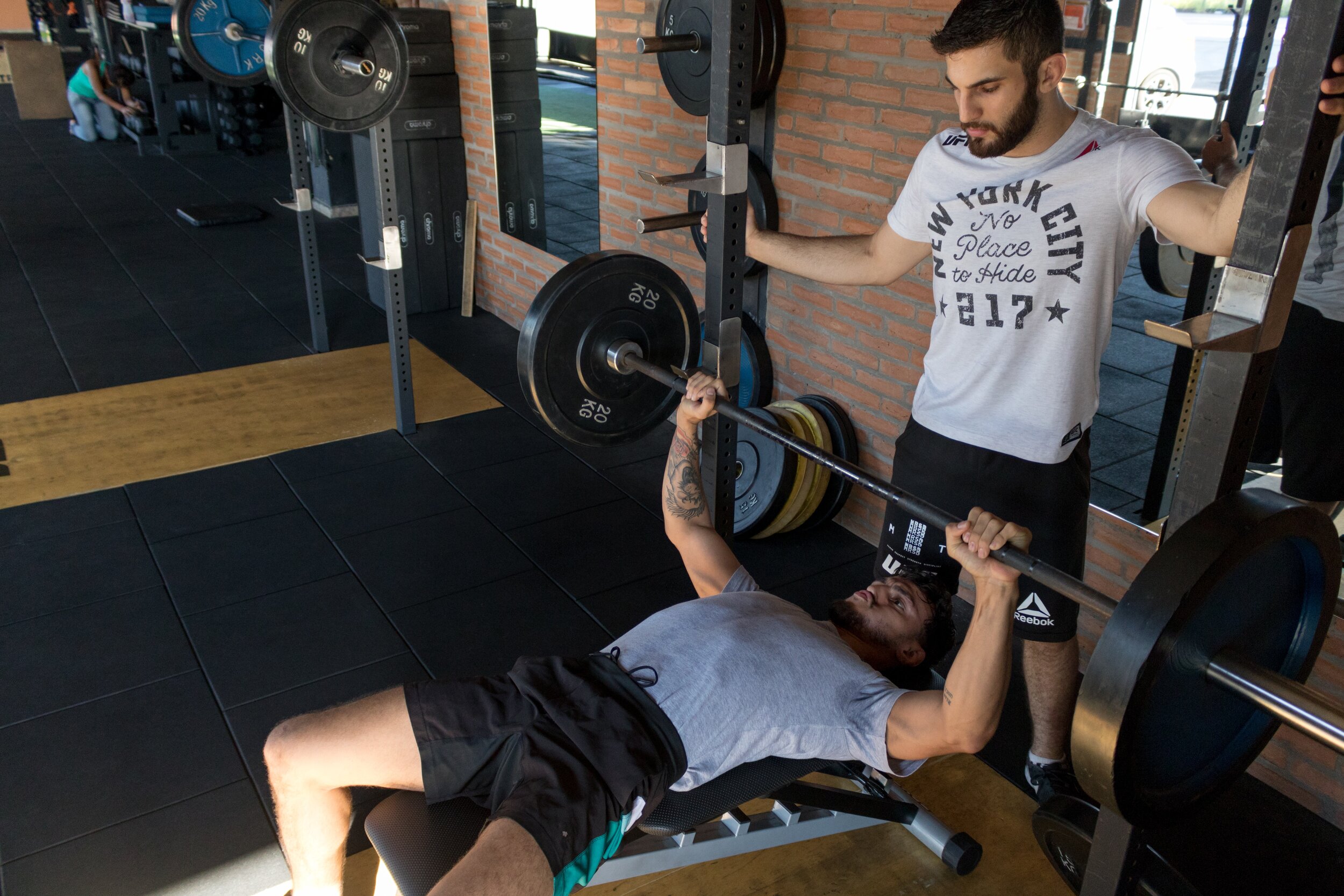Resistance training is an essential part of any weekly workout program, but can become neglected when other activities compete for our time. On these shortened training days we should aim to improve our efficiency in the gym by utilizing methods which reduce our workout time but maintain its’ effectiveness. Supersets, performance of a set of exercise repetitions immediately followed by a second set without rest, is an excellent training tool to meet these goals. Exercises can be selected for the same muscle group (bench press followed by incline bench press), opposing muscle groups (bench press followed by row), or upper and lower body (bench press followed by squat). After the second set of repetitions participants are allowed a normal rest break. By reducing the number of rest breaks in a workout you shorten your workout time but also increase its’ effectiveness by reaching muscular fatigue earlier in the workout.
These workouts have been shown to maintain training volume (total weight lifted) but in a shorter period of time if exercises of the same muscle group are not performed back to back. Conversely performing back to back exercises of the same muscle group would reduce the total volume of weight lifted but lead to muscular fatigue sooner in a workout. As expected using supersets can lead to greater recovery times due to these fatigue producing exercise prescriptions.
In general, participants should aim to pair a selected exercise with a similar muscle group, an exercise with an opposing muscle group (pull and a push), or an exercise and a distant exercise (arm and leg). Sets are performed within a target repetition range (ex. 8-12 repetitions) for each exercise without a rest in between. Rest is then taken before completing a total of 3-4 supersets. If you are unfamiliar with supersets you should begin slowly with a lower level of training volume (weight, repetitions, sets, frequency) before progressing to higher training volumes.
Click Here to learn how you can improve your workout efficiency and effectiveness

